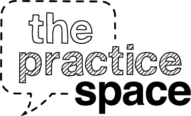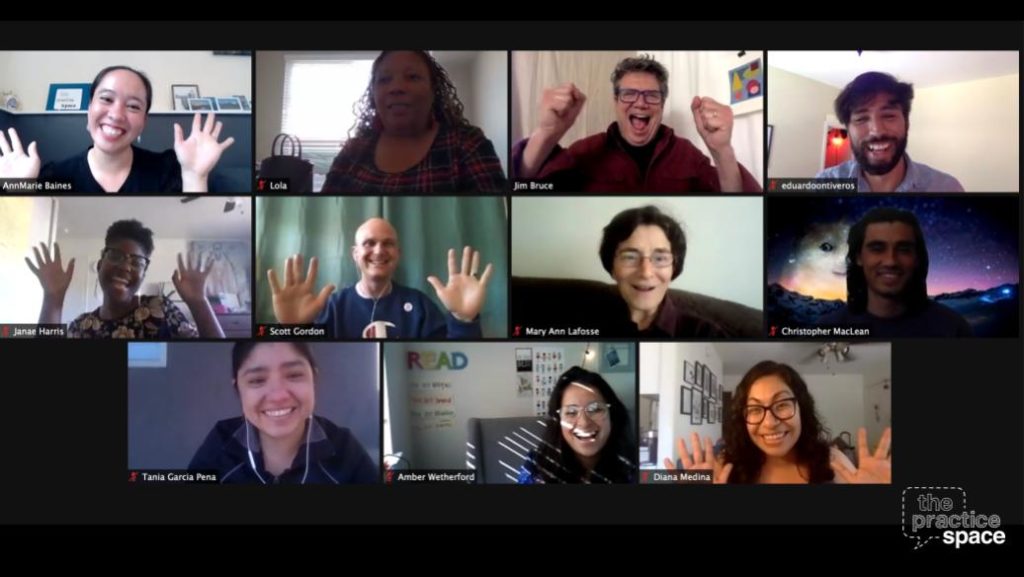Eduardo came to his coaching session excited to share what had happened that week as his students took the English Language Proficiency Assessments for California (ELPAC), the required state test for multilingual learners whose primary language is a language other than English. Students had been anxious leading up to the test so everyone was happily surprised when one of the test questions began with, “Tell a story about a time when…”, which they had been practicing as part of their storytelling warm up routine. They immediately knew what to do. It completely shifted the mood of the class and that inner voice of self-doubt into one of self-belief. It was an unexpected moment and yet represents the ripple effects of using public speaking methods to cultivate youth voice in the classroom.
Eduardo was one of ten teachers who participated in our inaugural Youth Voice Advocates Educator Cohort here at The Practice Space. The cohort kicked off in February 2021 with educators representing West Contra Costa, Vallejo and San Leandro school districts. At the end of May, they received a modest stipend to honor their hard work and time. Teachers received tailored ongoing one-on-one coaching, as well as collective experiences via cohort workshops such as an Introduction to Debate-Centered Instruction and Social and Emotional Learning Through Storytelling. Integrated throughout the four-month experience were explicit connections on how to advance equity in classrooms and schools through cultivating youth voice through debate and storytelling. As a program, our Youth Voice Advocates Cohort is all about trying new strategies, considering the conditions of learning environments in new ways, and learning how to include students in shaping the space for youth voice.
A Mindset Shift For Educators
Tania, another teacher in the cohort, shared a story about her own struggle to remember that creating more opportunities for youth voice in your classroom matters. She was back to in-person learning in the spring with 8 students. She used a few Apples to Apples cards (a fun way we recommend choosing impromptu story themes) as story topics for each person to tell a one to two-minute story. Every student was eager to talk so she used sticks to choose names. She noticed she felt bad for a moment though when she saw another teacher doing math across the hall because she suddenly felt her activity wasn’t rigorous enough. Yet, during the storytelling they had shared lots of laughter and when they moved to the next activity her students were more engaged and happy. Tania reflected on how cultivating youth voice in the classroom also requires a mindset shift and transition for educators to actually value the time for students to speak and share, seeing it as just as valuable as a math or reading lesson. We often have to challenge our own internalized messages of not valuing youth voice, to decide that making space for students to share thoughts, feelings and how they experience the world is well worth our limited classroom minutes.
Classroom Practices
Teachers began by using storytelling warm-up prompts to build community and invite students to share what they know and experience. Mini-debates were also introduced to practice discussing controversial topics with opportunities for students to express what they think and believe. One of the first debate topics used in Tania’s fourth-grade class was “ocean vs. desert”, which they had just learned about in a unit on habitats. In elementary school, the simple “this vs. that” topic was useful for students to get familiar with the format. After introducing debate, Scott, a high school teacher, said he had the most participation he’d had all year. Other educators in the cohort said through debate, students started turning on cameras and participating when they hadn’t before. These shifts in engagement and increased student participation are what happen when we make space for youth to share who they are and what they care about, when we value diverse forms of expression and all types of knowledge. Another teacher, Amber, noticed this shift happen when the student talk activity was framed with no “right or wrong” answer; throughout the program, she continued to investigate how to create this condition more often so that the fear of being wrong was no longer a barrier to students when sharing their ideas.
Reflections and Takeaways
Throughout debate and storytelling, teachers not only shared stories of student growth but also their own. Eduardo, for instance, reflected on how preparing students to be better listeners helped him be a better listener by affirming his students and teaching them how to ask probing questions. By the end of the semester, he said everyone was comfortable sharing stories and ideas on the spot, even the quiet ones he originally was hoping to engage. He was also reminded of the power of routines as they help students build skills and comfort, even if it might feel uncomfortable at first.
Educators also experimented with facilitating different forms of youth expression. The purpose for student expression in a particular lesson began to drive the decisions about which format was best to use in that context (i.e. storytelling, debate, advocacy). High school teacher Scott was immediately sold on debate given the increased student engagement during remote learning, but also found that storytelling was a better vehicle for students to share the emotional turmoil of the pandemic (especially when they returned back in person). MaryAnn, an instructional leader, reflected as the cohort came to an end, “My mindset has changed. I’m aware of the possibilities and I’ve learned specific strategies, activities to support the students in this work, at the same time to support myself.” This cohort was full of amazing educators who deeply care about what young people have to say, and want to make their classrooms be spaces where youth develop the skills and confidence to speak.
Join Our Next Cohort
This fall, we will have our second Youth Voice Advocates Educator Cohort with an introduction to Expression-Driven Teaching, how to plan with Universal Design for Learning and youth voice in mind, and how to develop the communication skills and inclusive environment necessary to cultivate youth voice and joy. Teachers will practice facilitating diverse forms of expression such as debate, storytelling, self-advocacy and advocacy, presentation and poetry in their classrooms and be part of a supportive community of other youth voice advocates to grow alongside. If you or someone you know teaches in West Contra Costa, Pittsburg or San Leandro school districts, we hope you’ll join us for another great cohort! Find out more about our Educator Coaching here.



